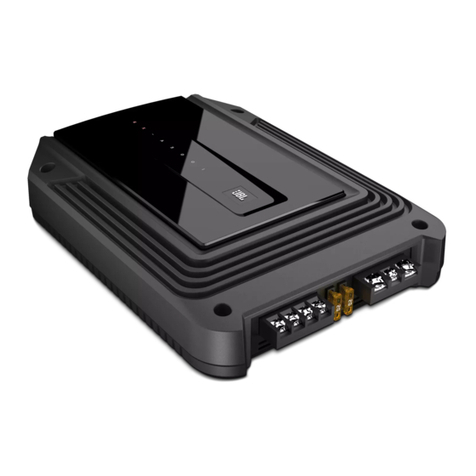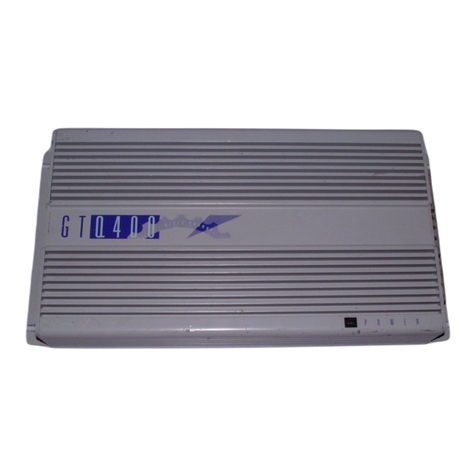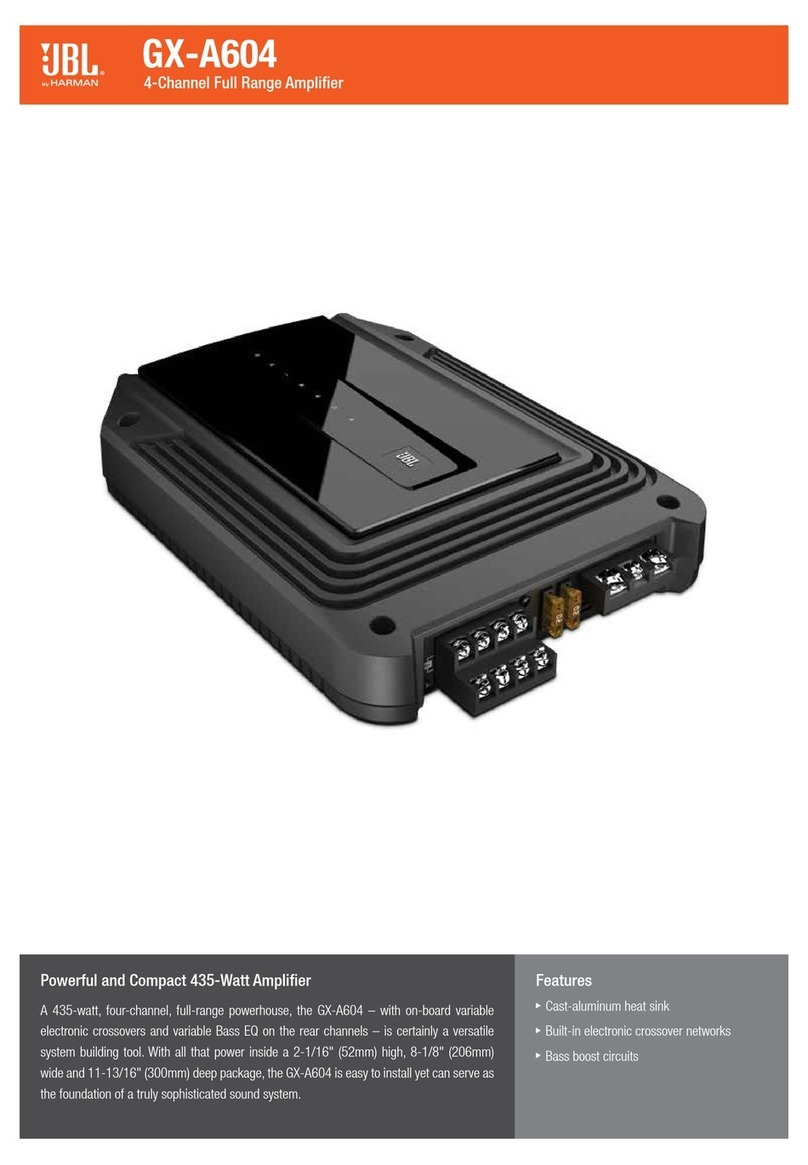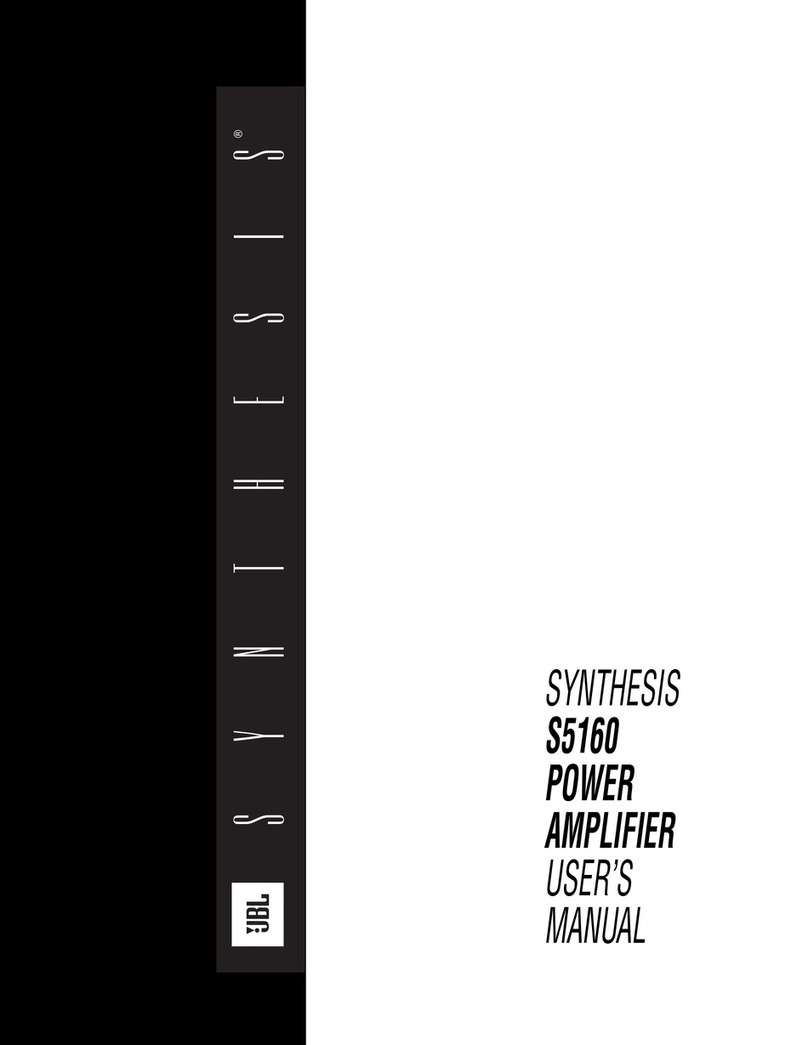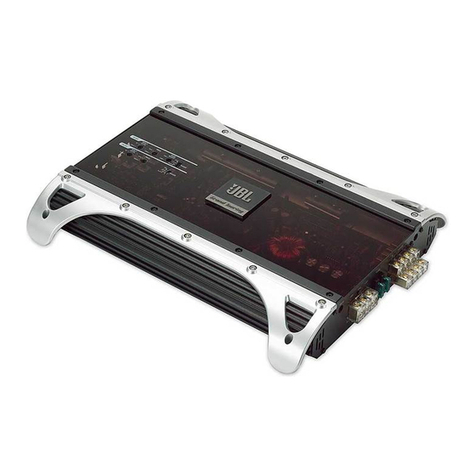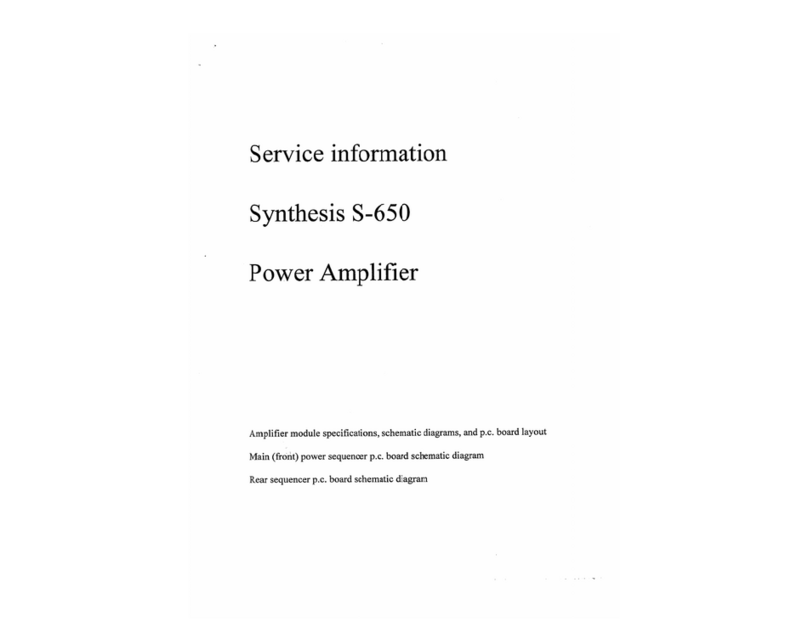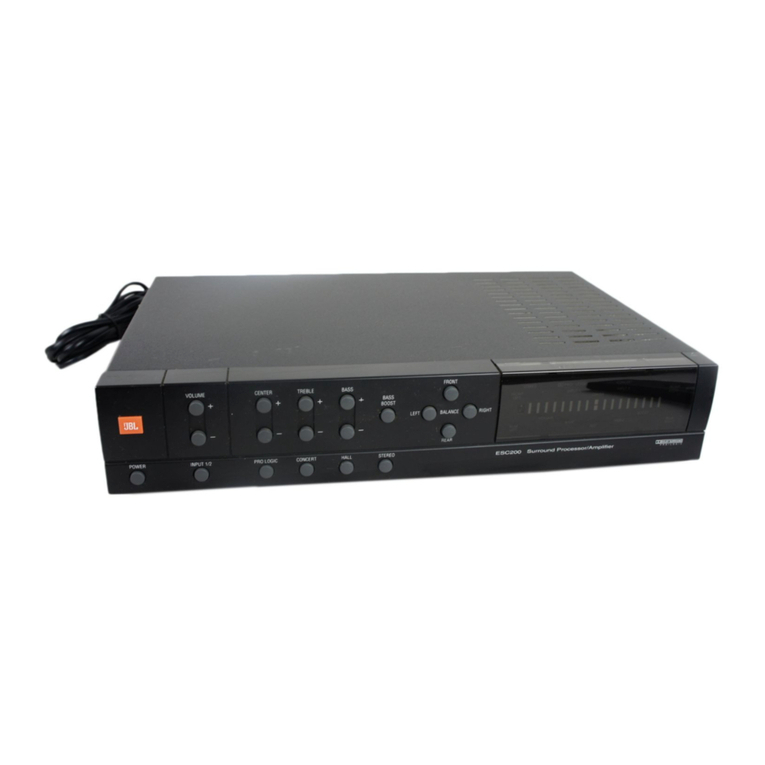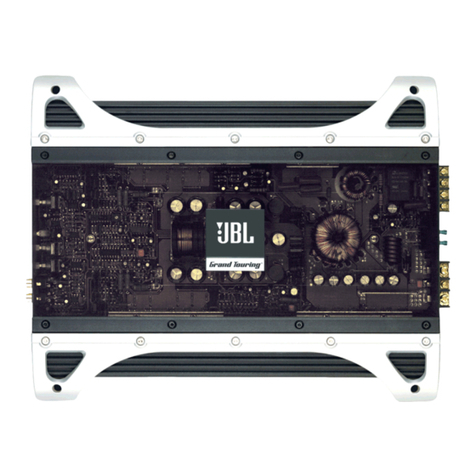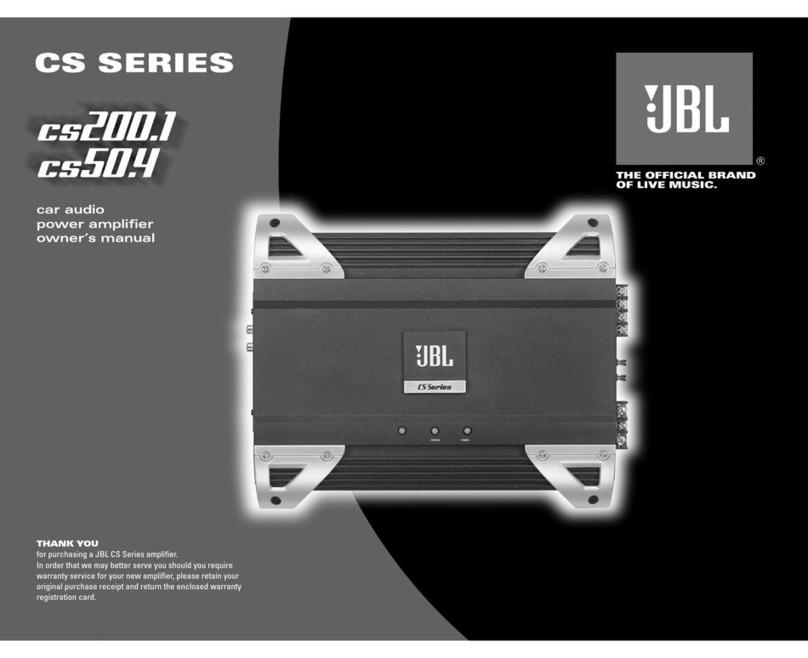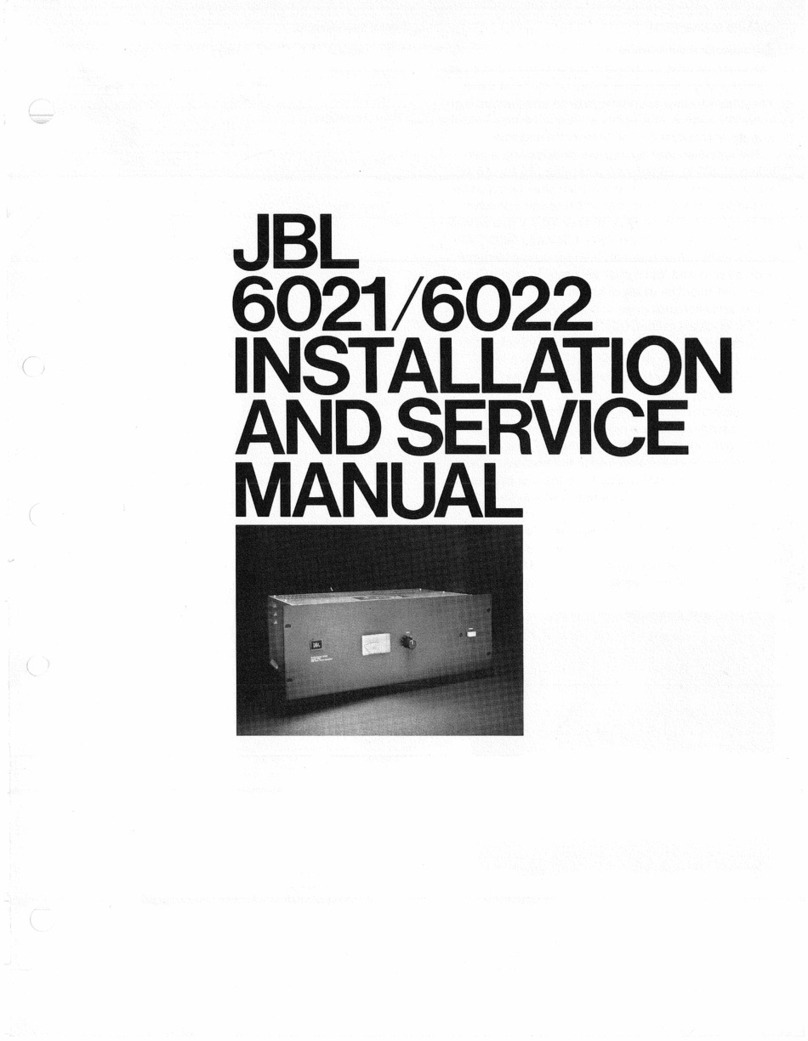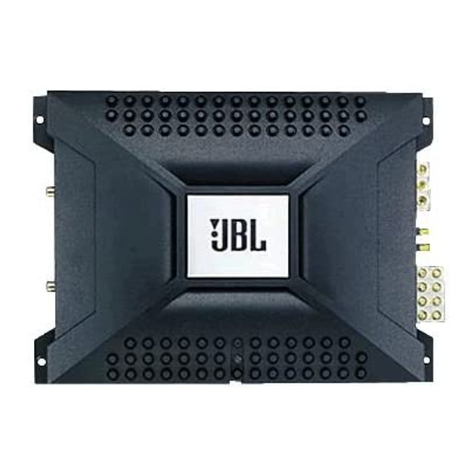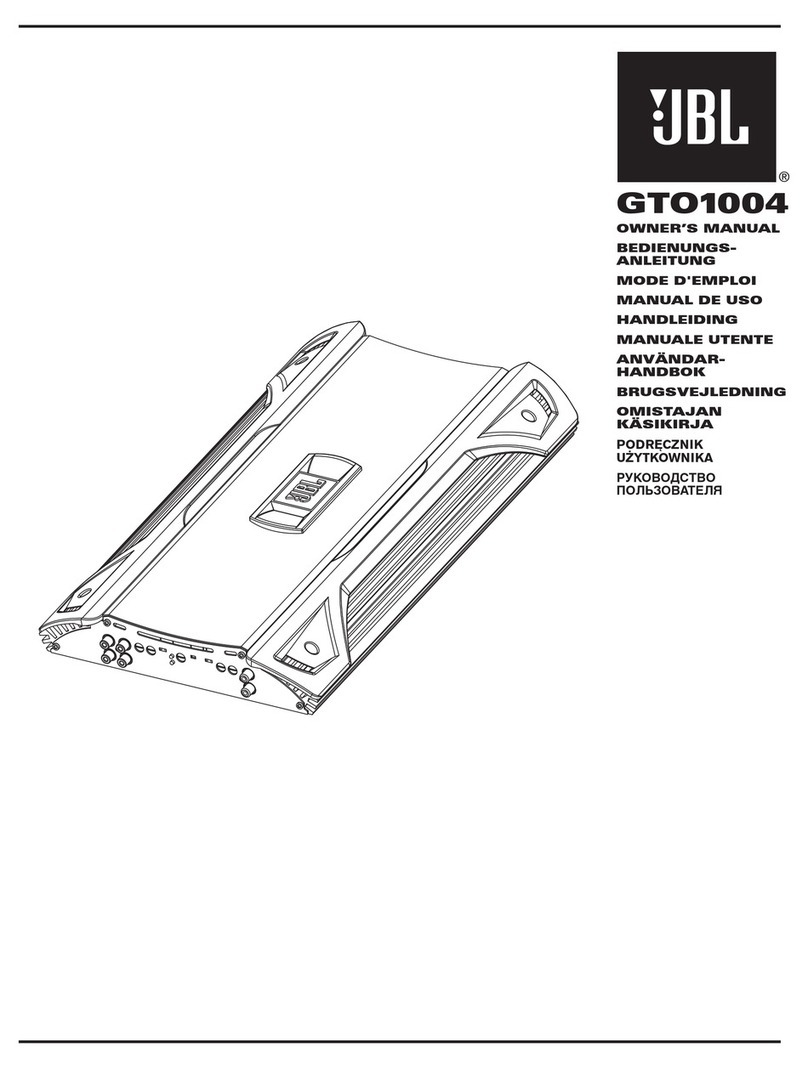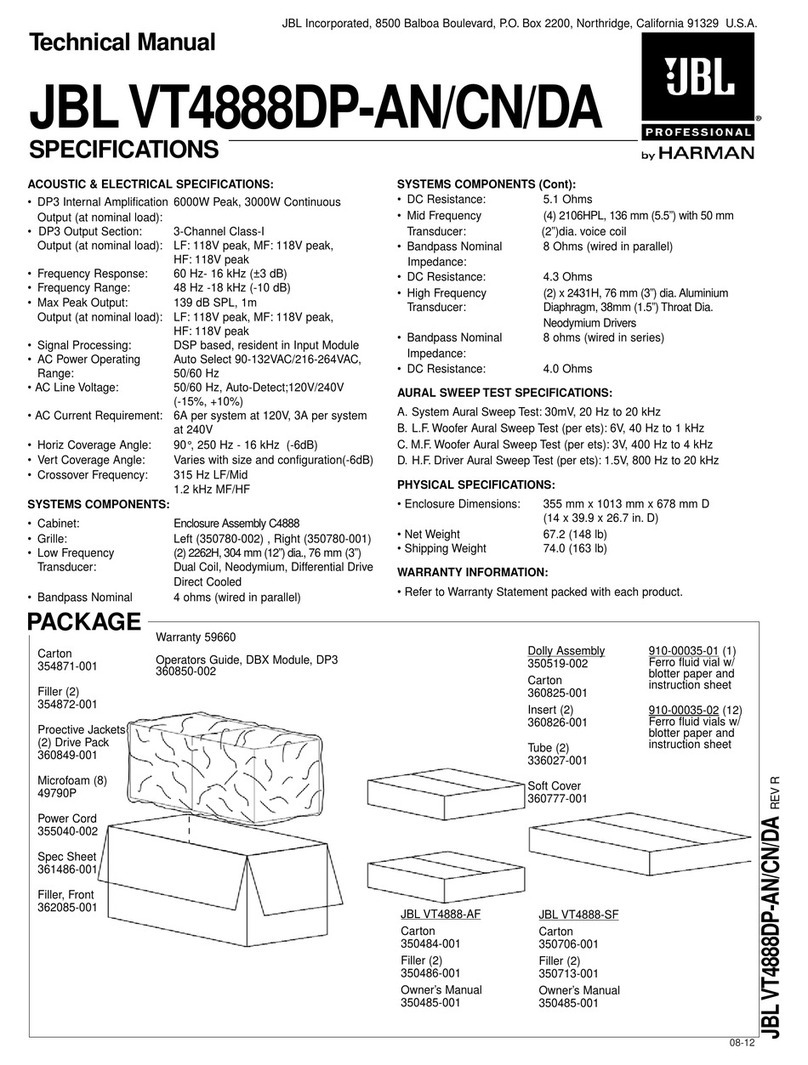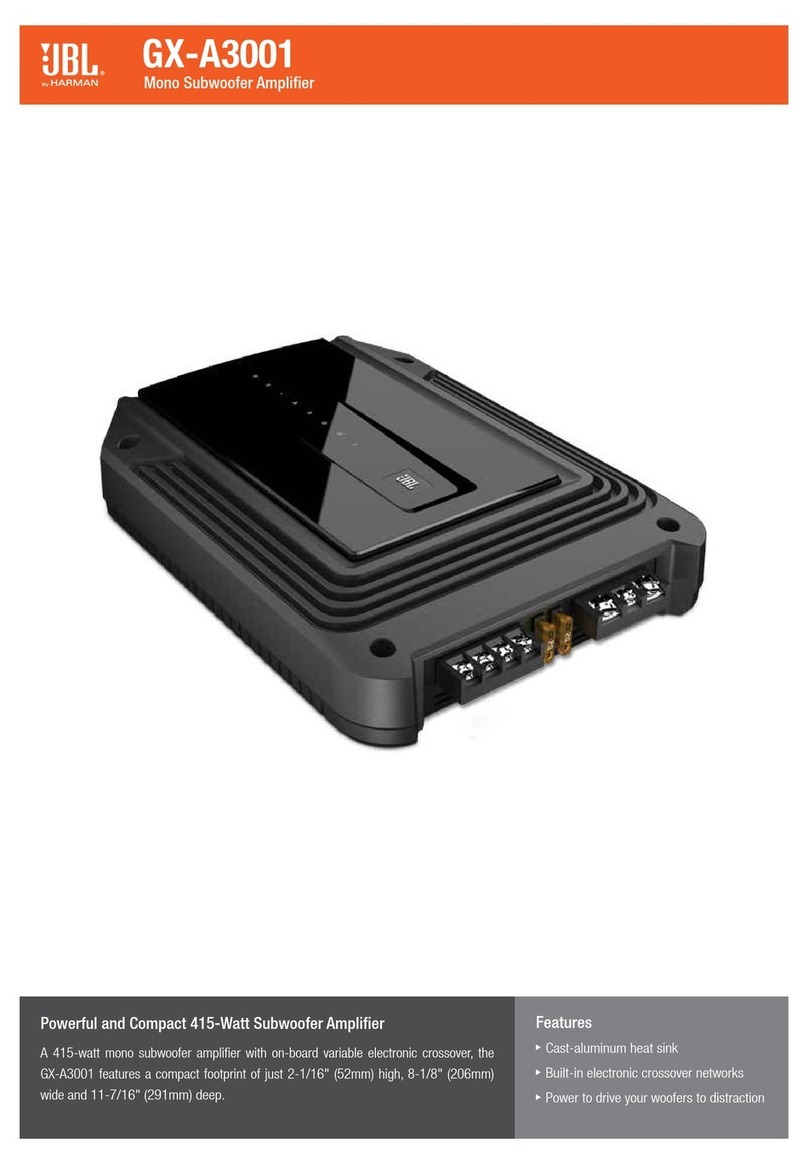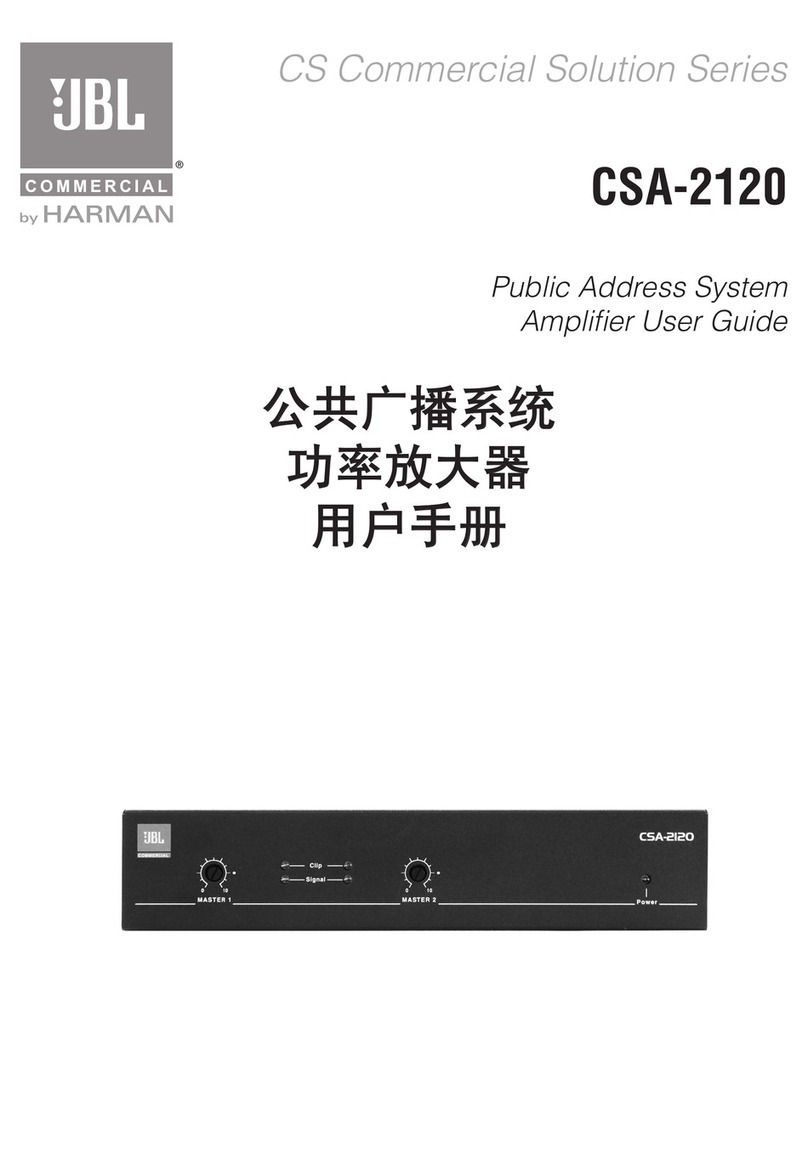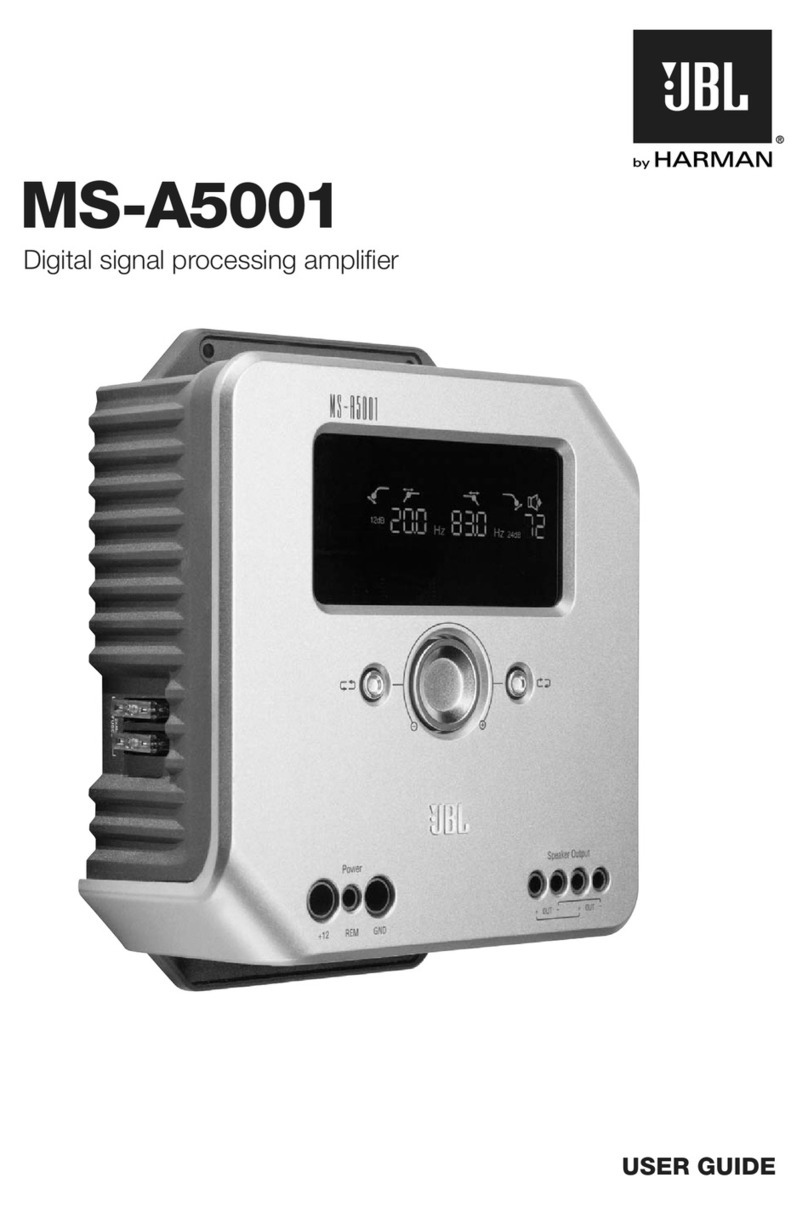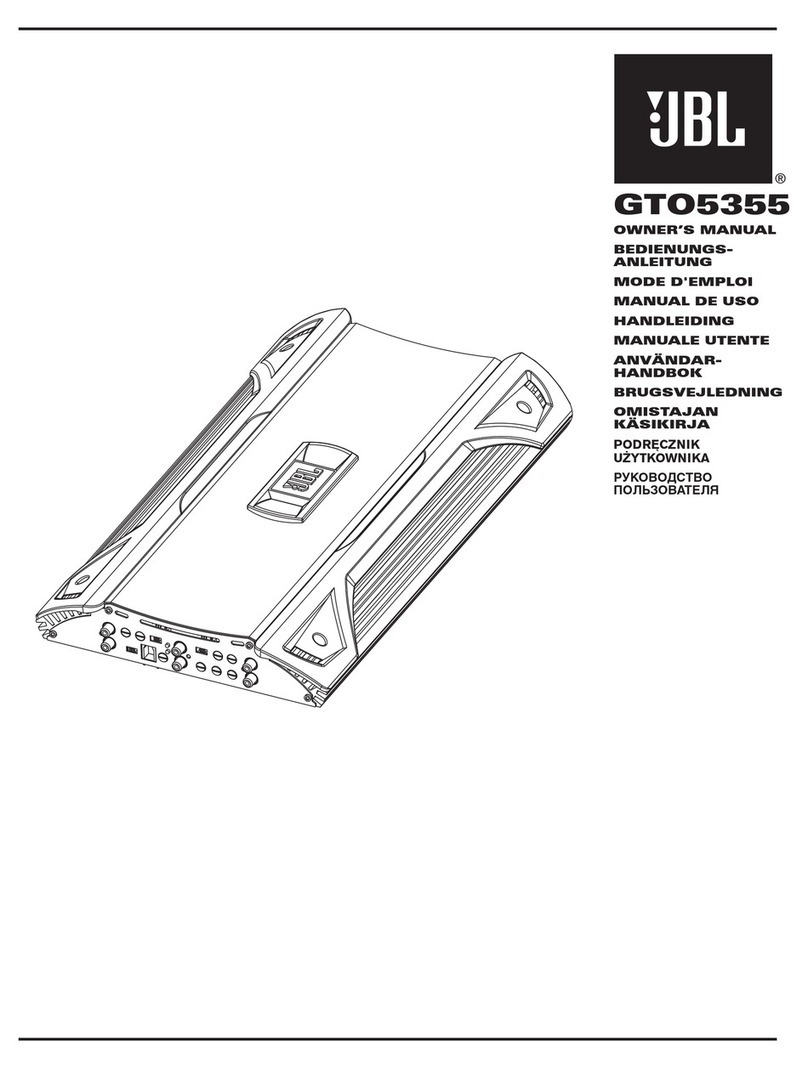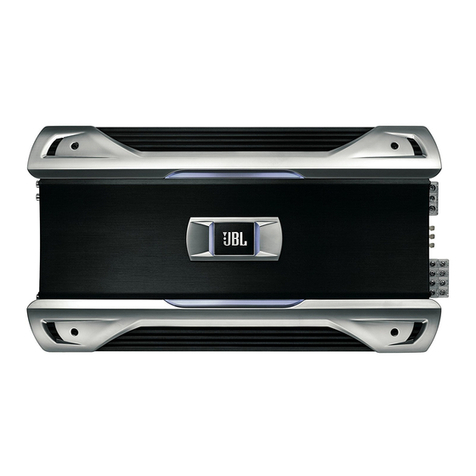
EN-3
Warning
Mains plug/appliance coupler is used to
disconnect device and it shall remain readily
operable.
Safety Compliance
This equipment has been designed to meet the
IEC/EN 62368-1 international electrical safety
standard.
This device complies with Part 15 of the FCC
Rules. Operation is subject to the following two
conditions:
1. This device may not cause harmful
interference, and
2. This device must accept any interference
received, including interference that may
cause undesired operation.
The building installation shall be regarded as
providing protection in accordance with the rating
of the wall socket outlet.
Caution On Installation
For proper heat dispersal, do not install this unit in
a confined space, such as a bookcase or similar
enclosure.
More than 0.3m (12in) is recommended.
Do not place any other equipment on this unit.
Wall
zz
z
Wall
z
FCC Information
(For US Customers)
PRODUCT
This product complies with Part 15 of the FCC
Rules. Operation is subject to the following two
conditions:
1. This device may not cause harmful
interference, and
2. This device must accept any interference
received, including interference that may
cause undesired operation.
IMPORTANT NOTICE: DO NOT MODIFY THIS
PRODUCT
This product, when installed as indicated in the
instructions contained in this manual, meets
FCC requirements. Modification not expressly
approved by JBL may void your authority, granted
by the FCC, to use the product.
NOTE
This product has been tested and found to
comply with the limits for a Class B digital
device, pursuant to Part 15 of the FCC Rules.
These limits are designed to provide reasonable
protection against harmful interference in a
residential installation.
This product generates, uses and can radiate
radio frequency energy and, if not installed
and used in accordance with the instructions,
may cause harmful interference to radio
communications.
However, there is no guarantee that interference
will not occur in a particular installation. If this
product does cause harmful interference to radio
or television reception, which can be determined
by turning the product OFF and ON, the user is
encouraged to try to correct the interference by
one or more of the following measures:
Reorient or relocate the receiving antenna.
Increase the separation between the equipment
and receiver.
Connect the product into an outlet on a circuit
different from that to which the receiver is
connected
Consult the local retailer authorized to distribute
this type of product or an experienced radio/TV
technician for help
Safety Information
(For European Customers)
Avoid high temperatures. Allow for sufficient
heat dispersion when installed in a rack.
Handle the power cord carefully. Hold the plug
when unplugging the cord.
Keep the unit free from moisture, water, and
dust.
Unplug the power cord when not using the unit
for long periods of time.
Do not obstruct the ventilation holes.
Do not let foreign objects into the unit.
Do not let insecticides, benzene, and thinner
come in contact with the unit.
Never disassemble or modify the unit in any
way.
Ventilation should not be impeded by covering
the ventilation openings with items, such as
newspapers, tablecloths or curtains.
Naked flame sources such as lighted candles
should not be placed on the unit.
Observe and follow local regulations regarding
battery disposal.
Do not expose the unit to dripping or splashing
fluids.
Do not place objects filled with liquids, such as
vases, on the unit.
Do not handle the mains cord with wet hands.
When the switch is in the OFF position, the
equipment is not completely switched off from
MAINS.
The equipment shall be installed near the
power supply so that the power supply is easily
accessible.
A Note About Recycling
This product’s packaging materials are recyclable
and can be reused. Please dispose of any
materials in accordance with the local recycling
regulations.
When discarding the unit, comply with local rules
or regulations.
Batteries should never be thrown away or
incinerated but disposed of in accordance with the
local regulations concerning battery disposal.
This product and the supplied accessories,
excluding the batteries, constitute the applicable
product according to the WEEE directive
Correct Disposal Of This Product
These markings indicate that this product should
not be disposed with other household waste
throughout the EU.
To prevent possible harm to the environment or
human health from uncontrolled waste disposal
and to conserve material resources, this product
should be recycled responsibly.
To dispose of your product, please use your
local return and collection systems or contact the
retailer where the product was purchased.
